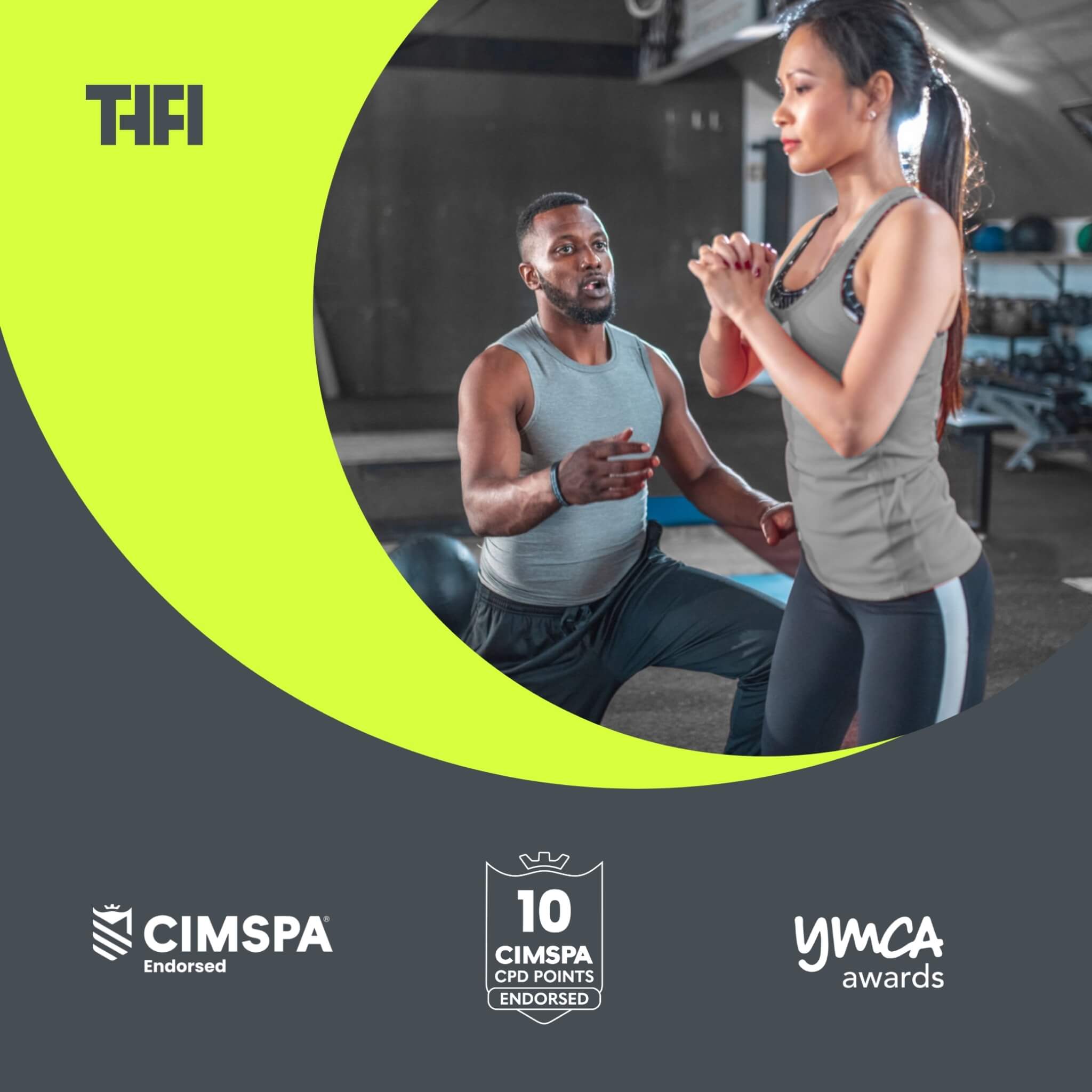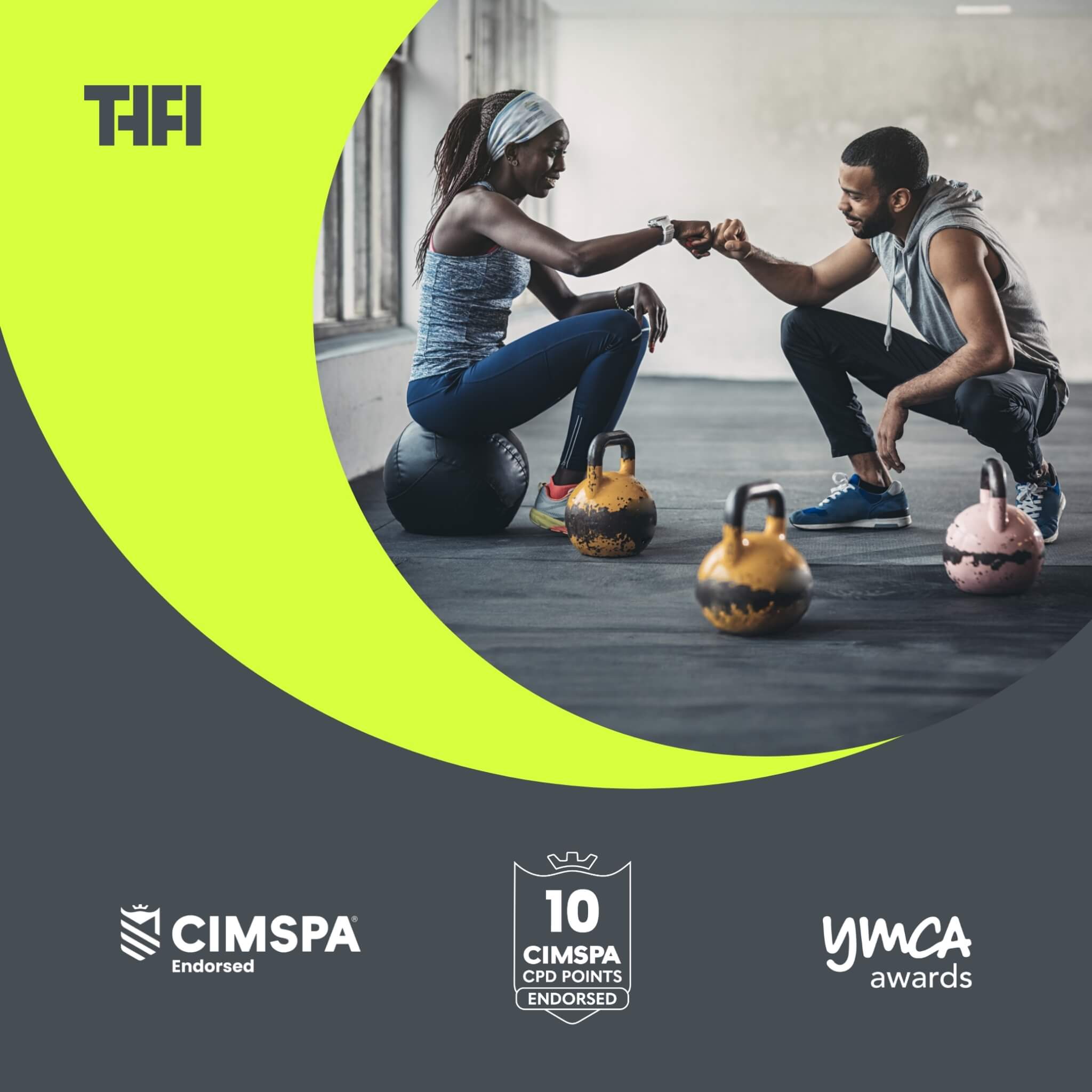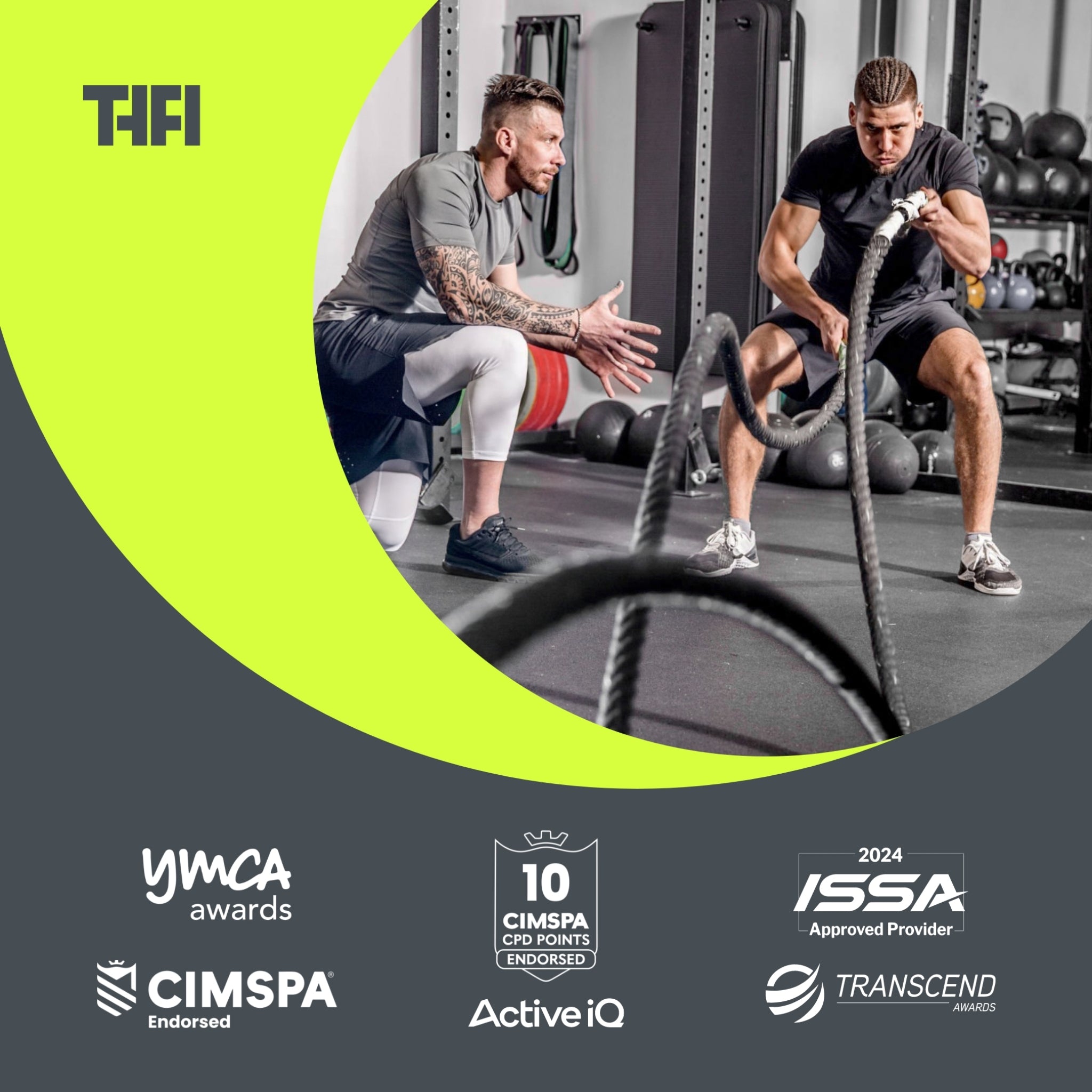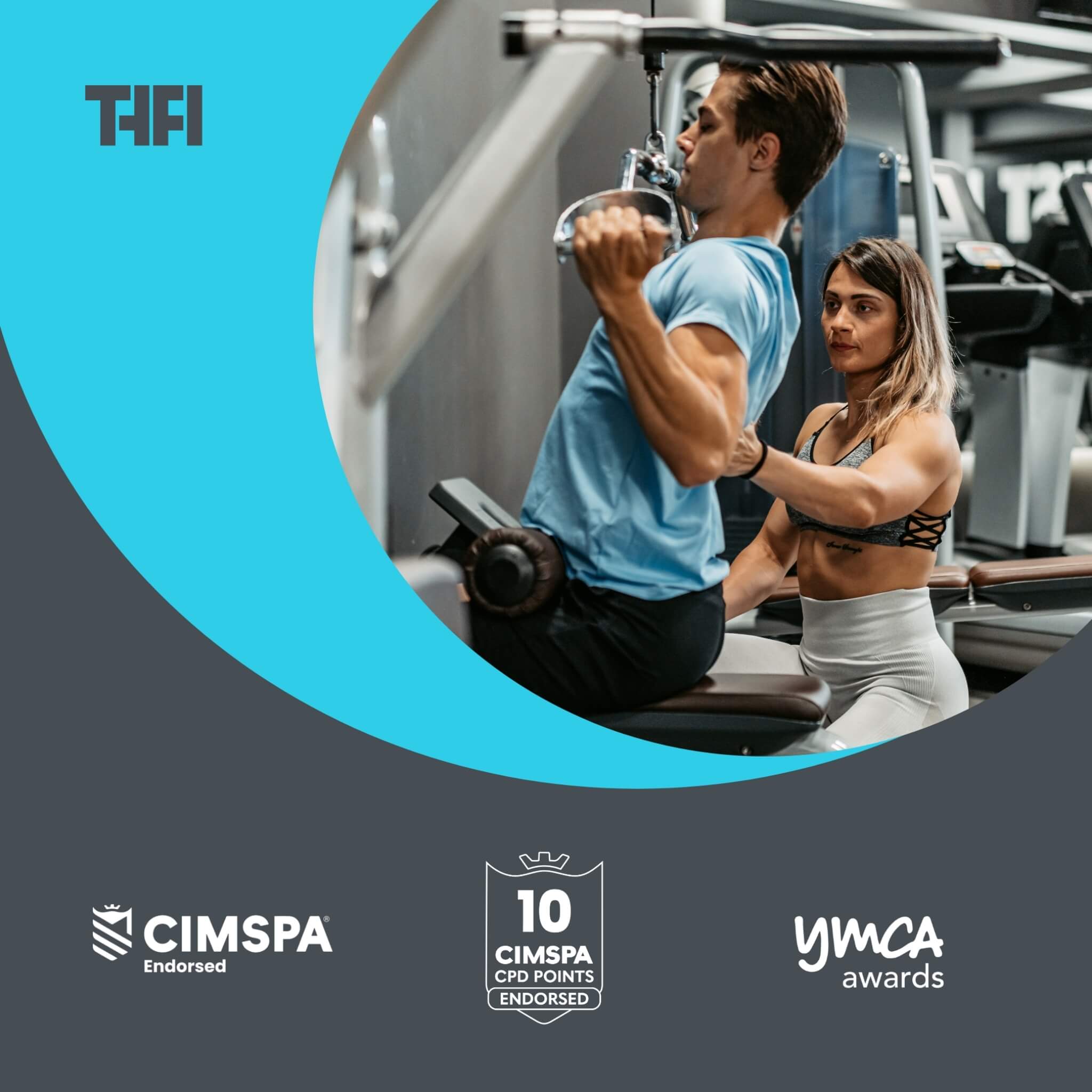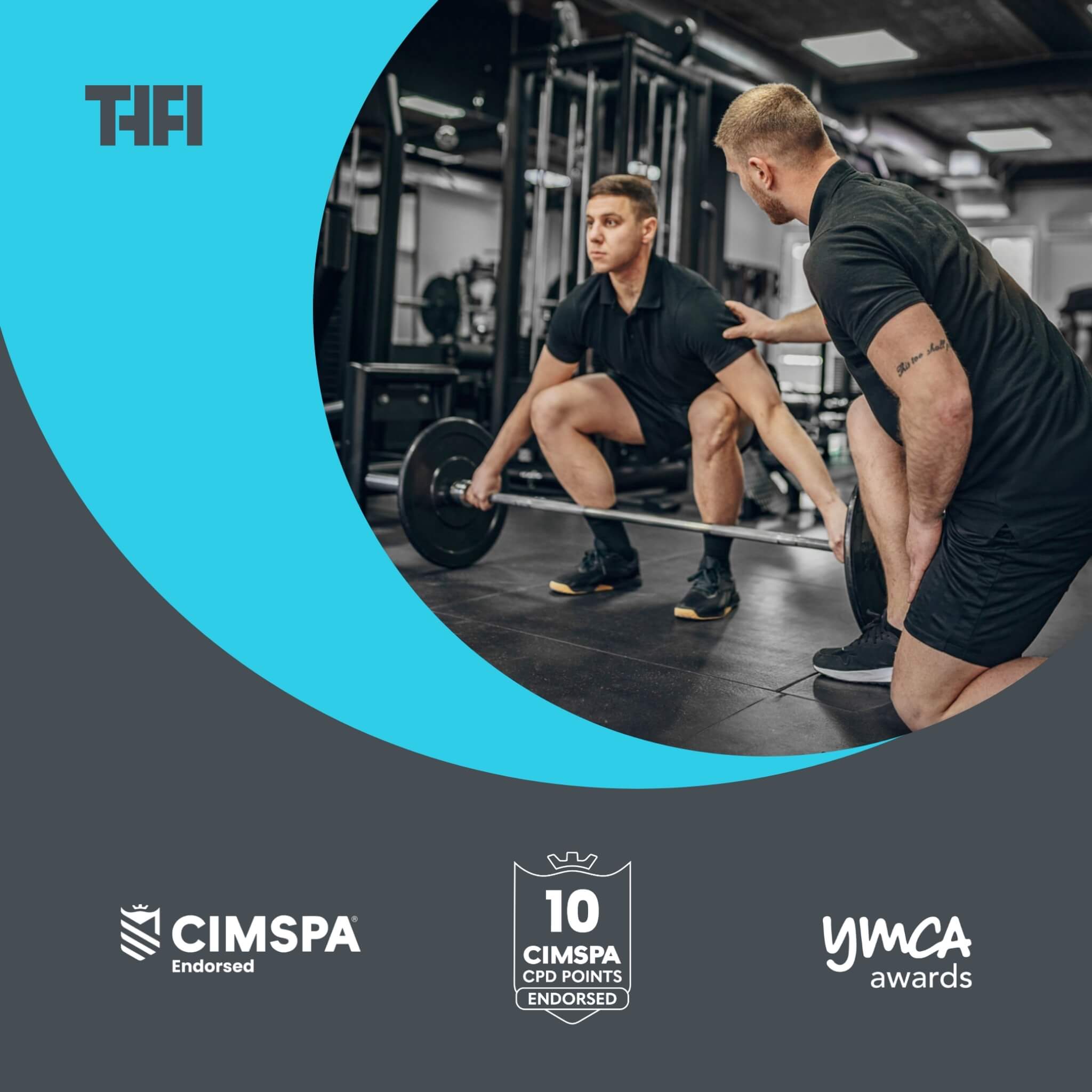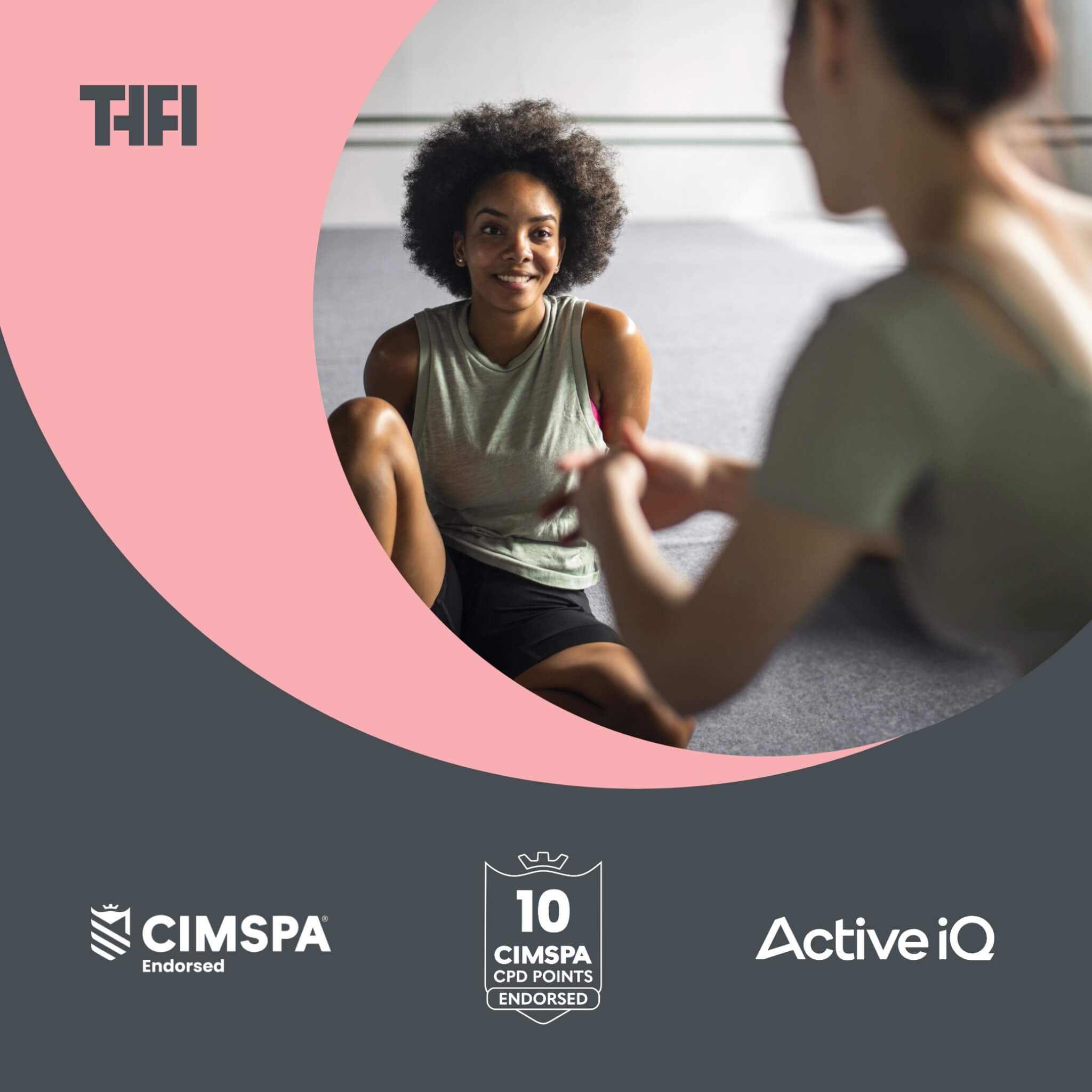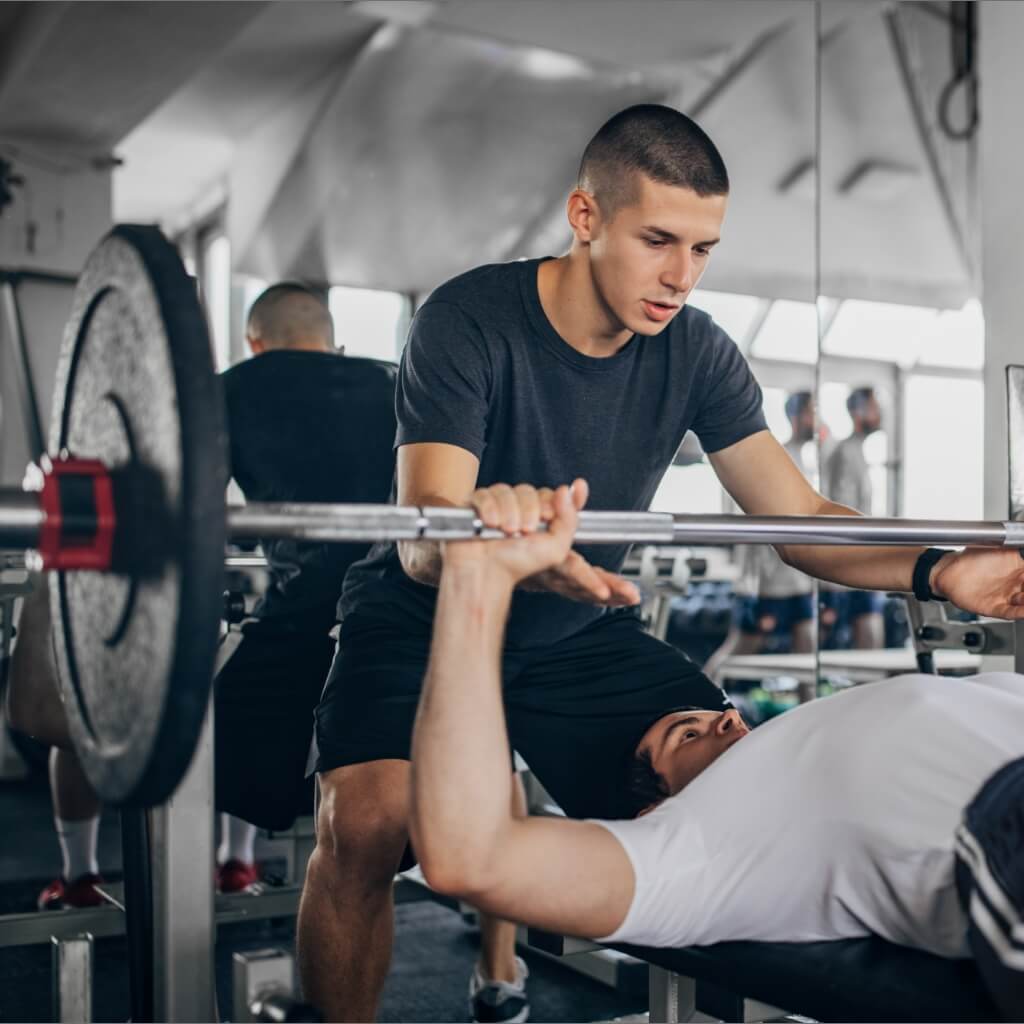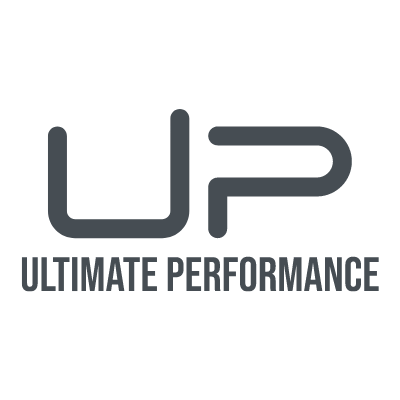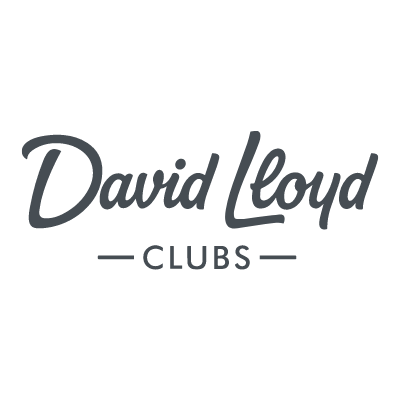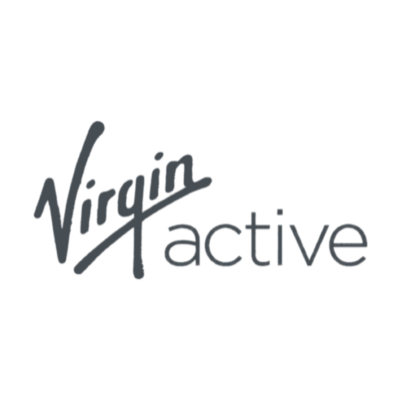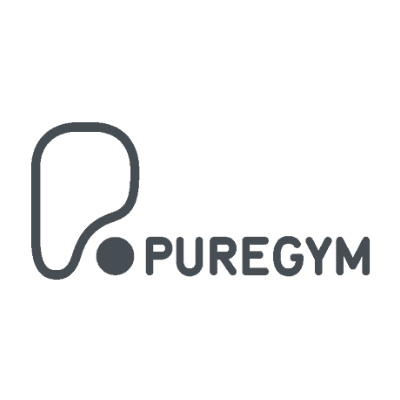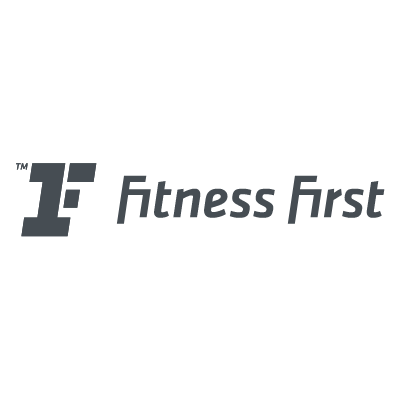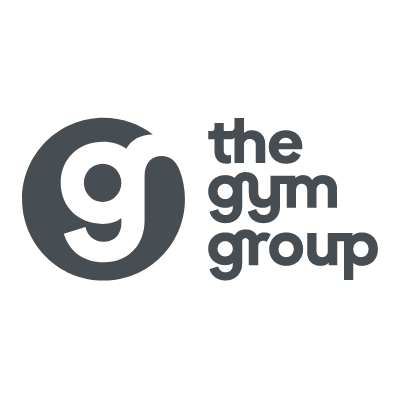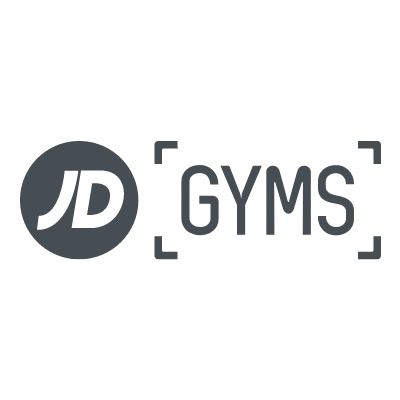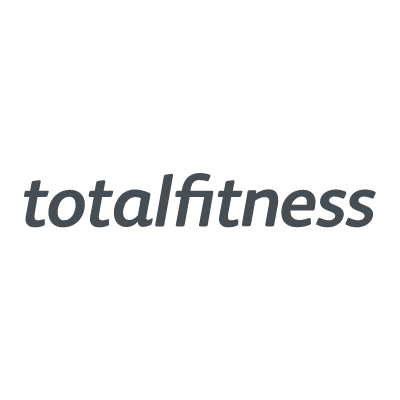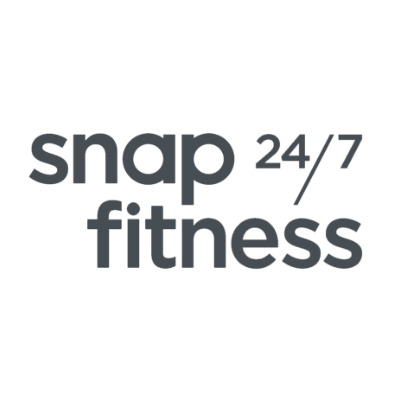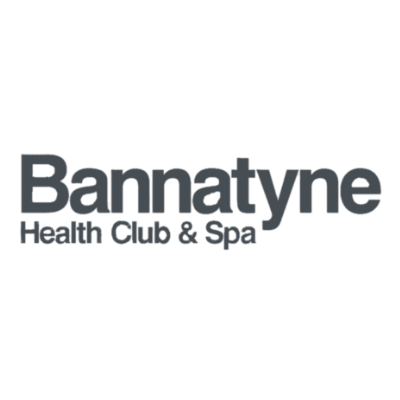3 Ways That Corrective Exercise Can Help Your Clients

Have you ever watched your client move and thought “something’s not quite right”?
Or felt that some exercises might be doing them more harm than good?
With people doing desk jobs and living sedentary lives, it’s more common than ever to come across clients with movement imbalances that causing ongoing pain or injury.
This is where corrective exercises come into play as a tool to help you fix your clients’ faulty movement patterns to streamline healthy movements.
Many PTs first learn how to spot and correct poor movement patterns through an online pt course that builds both anatomical knowledge and coaching confidence.
This guide will show you an introduction to movement compensations and three specific use-cases where a corrective exercise approach can make a real biomechanical difference:
- Preventing rotator cuff injuries
- Helping non-optimal posture
- Adjusting Forward Head Posture (FHP)
Here we explore the many benefits of applying the guiding principles of corrective exercises for your clients’ wellbeing.
INTRODUCTION TO FIXING MOVEMENT COMPENSATIONS
Let's first look at what causes these movement dysfunctions.
A primary reason for harmful movements arises from a pathway of least effort that all muscles take.
PATHWAY OF LEAST EFFORT
In biomechanics, the pathway of least effort means that if a muscle group has a weak link – say a chronically underactive muscle – the body will favour the most flexible muscle instead of the muscle that would have provided optimal movement. For example, if you have weak glutes from sitting at a desk all day, this could lead to your body over-relying on your lower back muscles when doing exercise like running, which could cause pain or injury longer-term.
The power of corrective exercise lies within the targeted strengthening of muscles to return to optimal movement patterns.
So, an approach would be first to inhibit and lengthen select muscles of the shoulder complex. Later, you would design a strength program to keep all muscles working synergistically.
MOVEMENT ASSESSMENTS
Plan for the successful prevention of an injury by first performing a movement assessment. You will want to create a program based on the observations you make during this stage.
After you perform a client interview and get health history nailed down, do a static posture assessment to evaluate your client's overall flexibility and strength.
The static posture assessment will determine potential unevenness in your clients' muscles and guide your programming. Chances are you can spot a mixture of overactive and underactive muscles in any given muscle complex.
After this, a staple assessment is the Overhead Squat Assessment. Check out this video for a rundown of its importance.
CORRECTIVE EXERCISE CONTINUUM
The Corrective Exercise Continuum (CeX) is a proprietary corrective exercise model. It is a powerful tool for assessing and correcting clients' movements.
It has four essential phases:
- Inhibit - Do foam rolling and other inhibitory exercises for short, overactive muscles.
- Lengthen - Elongate shortened muscles through static stretching.
- Activate - Strengthen (or activate) all identified weak muscles.
- Integrate - Do full-body dynamic movements to integrate changes made to the targeted muscles.
Now, let's explore the actual use-cases.
#1 PREVENTING ROTATOR CUFF INJURIES
Rotator cuff injuries are common. There's no disputing that fact. With corrective exercise, though, you can correct the muscles of the shoulder complex and prevent more severe injuries.
After going through the proper assessments and determining muscular imbalances leading to movement compensations, you might find that a client has overactive trapezius muscles.
Because the trap muscles are crucial for proper scapular movement, fixing them will take the biomechanical burden off the rotator cuffs - which have to compensate for the traps being overactive.
Some exercises to inhibit, lengthen, and thus fix movement compensations in the shoulder complex include:
- Foam rolling for the trapezius muscles.
- Tennis ball myofascial release stretches.
- Cross-body static stretches.
Static stretches, in conjunction with foam rolling, will be the necessary first step before you tackle strengthening strategic areas of the shoulder complex.
Strengthening exercises can use light resistance (often in the form of resistance bands).
Some of these exercises could include:
- Scapular press
- External rotation with a resistance band
- Supine internal rotation with a resistance band.
#2 HELPING NON-OPTIMAL POSTURE WITH CORRECTIVE EXERCISES
Bad posture can not only lead to chronic pain, but it can also lead to less-than-optimal movement patterns that will persist unless they are fixed.
If your client sits at a desk all day or leads a sedentary life, you can help them correct their posture.
For clients who have sedentary office jobs (like a large number of the population), you can use simple body weight exercises to target weak glutes, core muscles, tight hip flexors, and poor lumbar strength.
These can be performed throughout the day:
- 3 sets of jumping jacks for a minute each
- 3 sets of planks
- Bodyweight squats for multiple sets of 10 reps.
Adding exercises and then working closely with clients to assure that all muscles are working together (and not against one another) is what corrective exercise is all about.
Corrective exercise can minimise the likelihood of Upper Crossed Syndrome, Forward Head Posture, and a myriad of other contributing factors for less-than-optimal posture.
#3 ADJUSTING FORWARD HEAD POSTURE
Similar to fixing posture, there are many ways that corrective exercises can alleviate a forward tilt of the head (or Forward Head Posture).
Forward Head Posture (FHP) has to do with the projected head angle relative to the cervical spine. In other words, if your client has a forward head tilt that persists past their workplace posture, they more than likely have FHP.
What having FHP means from a corrective exercise standpoint is that more than likely the neck flexors, rhomboids, or lower traps have not been properly lengthened, activated, and integrated.
This is where the Corrective Exercise Continuum (CeX) continues to shine.
As a general example of fixing a Forward Head Posture, follow these steps. These will change per client.
- Inhibit - the affected muscles - for example, foam roll the thoracic spine
- Lengthen - targeted muscles - static stretching
- Activate - Do sets of chin tucks and scapula retraction exercises
- Integrate - Do sets of ball squats to scaptions - as shown in the video below:
This blog post is a general overview of some potential uses of corrective exercise and should not be duplicated without first taking into account the unique medical history of each client or without having the needed corrective exercise knowledge.





